×


We have detected your country as:
Please click here to go to the USA website or select another country from the dropdown list.
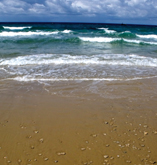
{image_1}By Karin Kloosterman, ISRAEL21c
Over the millennia, the Mediterranean Sea has become much more than a transport hub for empires that control the region—it links nations, feeds countries, and its shores hold some of the world’s most expensive real estate and natural beauty.
Continue Reading »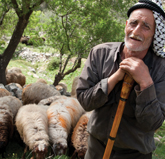
{image_1}Many nations considered the appointment of Rami Hamdallah as prime minister of the Palestinian Authority (PA) a ray of hope for stability. Although he lacked any previous experience in government, he was lauded as a moderate. With some hope remaining that a national consensus government, comprised of both Fatah and Hamas loyalists, would be formed by the end of the year, many believed Hamdallah would create an interim atmosphere of cooperation that would make it possible for both the PA and Israel to deal with the many difficult issues facing Judea and Samaria (the West Bank) today. Remarkably, his term only lasted 18 days.
Continue Reading »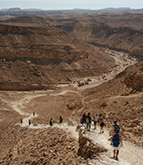
{image_1}Did you know that there are thousands of amazing places to hike in Israel? Israel has been called “a trekker’s paradise” with its myriad of established trails. The Israel National Trail, which runs about 600 miles (1,000 km) from the green mountains of northern Galilee to the desert country of Eilat, won a place on National Geographic’s list of twenty of the world’s best hikes. In determining which trails were chosen, the National Geographic said, “We looked for walks that travel deeper into a location’s history and culture.”
Continue Reading »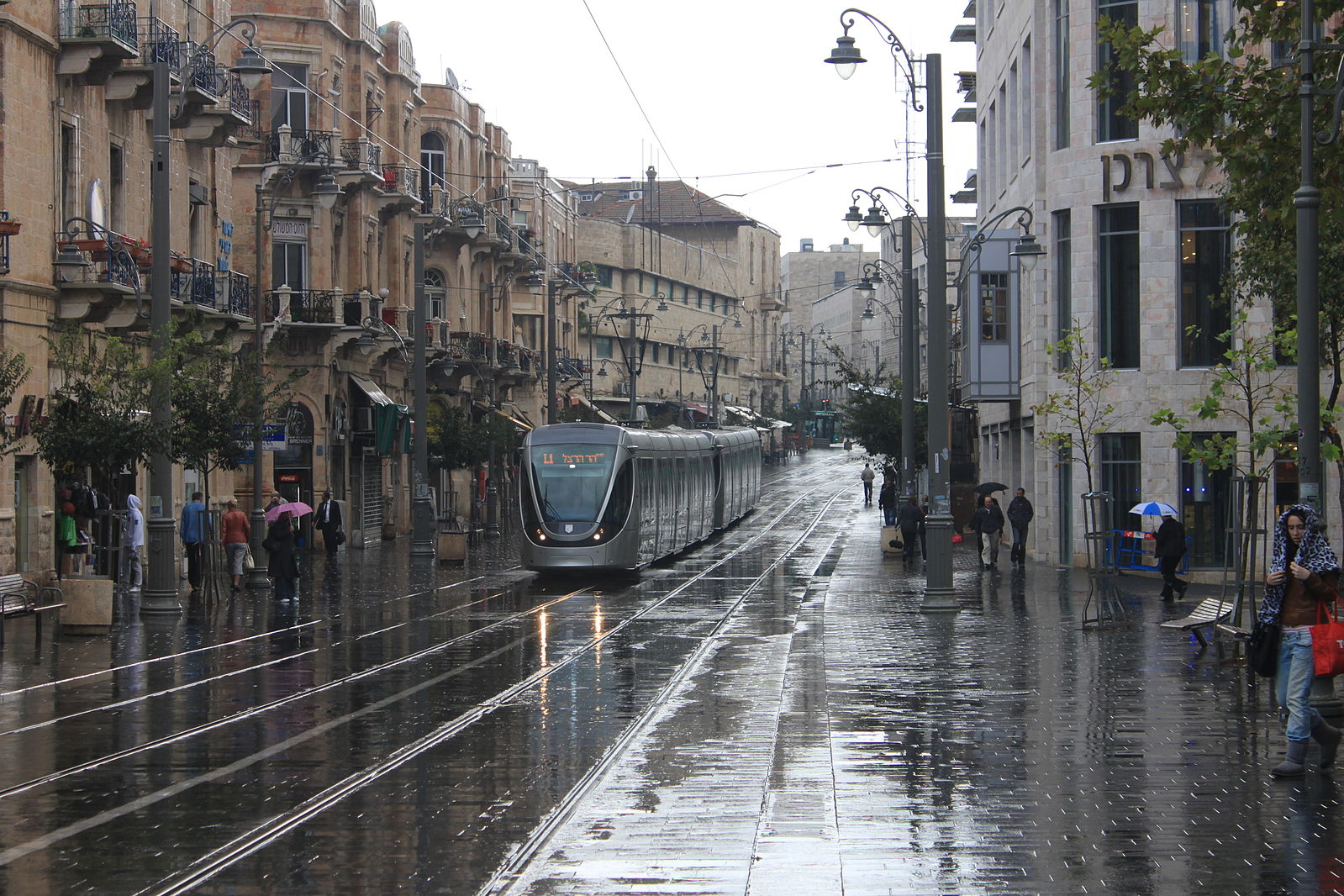
{image_1}Israel is a land that drinks “the rain of heaven.” When the Lord described the Promised Land to Moses, He said: “For the land which you go to possess [is] not like the land of Egypt from which you have come, where you sowed your seed and watered [it] by foot, as a vegetable garden, but the land which you cross over to possess [is] a land of hills and valleys, which drinks water from the rain of heaven” (Deut. 11:10–11).
Continue Reading »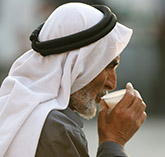
{image_1}Israel’s war for independence was a particularly brutal conflict, with the avowed purpose of her attackers being to annihilate the Jewish population and secure the entire country for the Arab population. On May 15, 1948, the day after Israel’s declaration of statehood, the Secretary General of the Arab League declared in a BBC news broadcast: “This will be a war of extermination and a momentous massacre that will be spoken of like the Mongolian massacres and the Crusades.”
Continue Reading »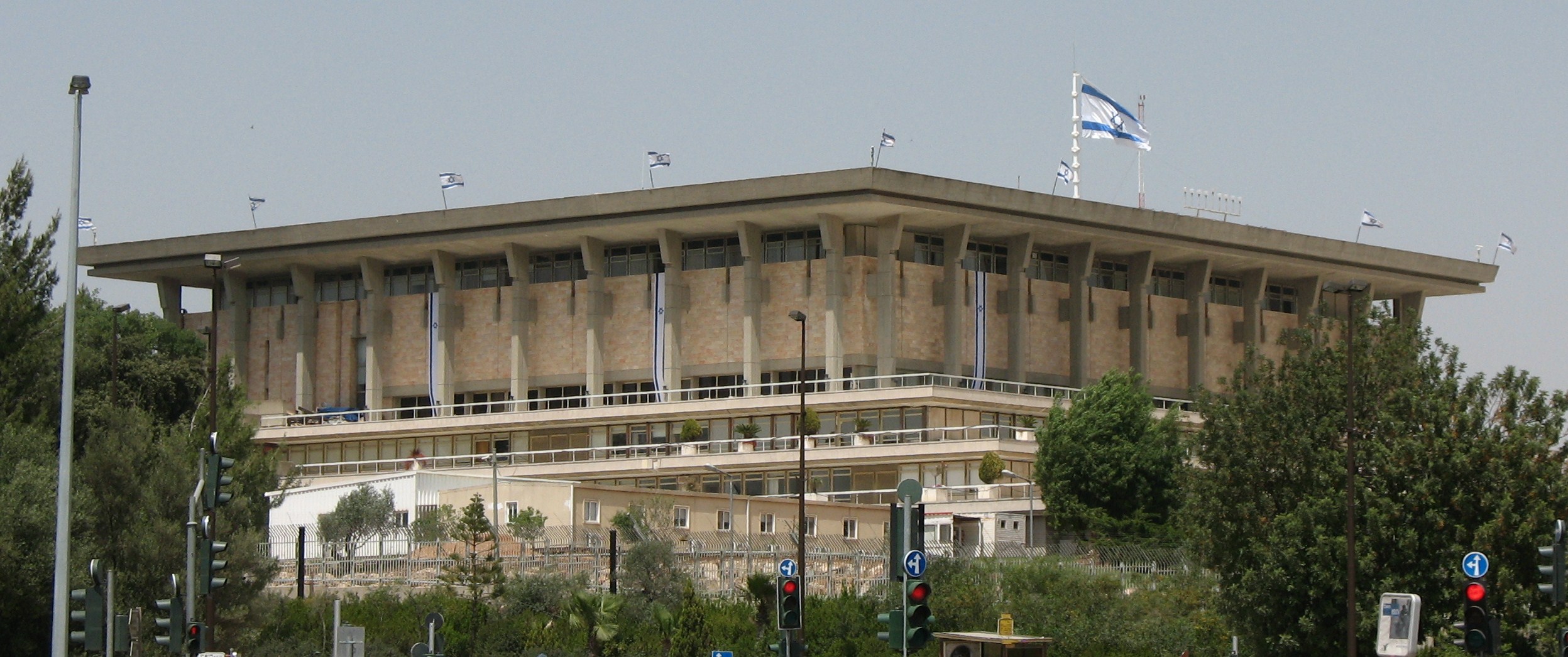
{image_1}Israel has a vibrant multi-party system democracy. In the 19th Knesset, 13 parties, ranging in size from 2 to 31 members, make up the 120-member Knesset
Continue Reading »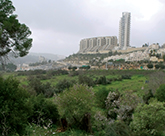
{image_1}When tractors broke ground at the Gazelle Valley in Jerusalem in January 2013, a new and unique chapter in the city’s efforts to “go green” began. After a decades-long fight to keep developers away from the site, Israel will finally get its first wildlife nature park located within a city, and Jerusalem will have preserved a precious open space in its urban heartland.
Continue Reading »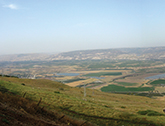
{image_1}In Israel today, there are many who strongly advocate a “land-for-peace” deal with the Palestinians. The argument is simple—the Palestinians want their own state, and like so many other territorial disputes, this too can be resolved in a grand compromise. The sad reality is that Israel received the worst run of suicide bombings and general terrorism from the Palestinians after they made their most extensive “land-for-peace” offer to Yasser Arafat in 2000. Then, when they actually gave up land in Gaza, Israel received in return more rockets, the election of the Hamas terrorist organization by the Palestinians, and two wars. Yet many in Israel today see all this conflict as needing to be resolved, hoping that a final compromise via a full-fledged “two-state solution” will end the violence. It seems the only thing they fear more than the risk of terrorism is that Israel will be forced to accept the Palestinians as citizens in one state and that somehow a growing population of Arabs will democratically end the Jewish nature of Israel once and for all. Because of this, the “one-state solution” is perhaps the greatest fear for Israel’s political left-wing. Other Jewish Israelis believe the “one-state solution” is the only real hope for a Jewish Israel to survive.
Continue Reading »
{image_1}The November 29, 2012 UN vote to upgrade the Palestinian Authority (PA) to a “non-member observer state,” in violation of the 1993 Oslo Accords, was an expected derivative of Israel's policy towards the PA since 1993—critical concessions, retreats, indecisiveness, submission to pressure, and appeasement.
Continue Reading »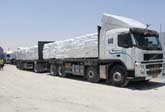
{image_1}On November 18, the sun rose like any day, and like so many days dozens of trucks carrying aid and supplies entered the Gaza Strip from Israeli territory. Like so many days before it, on November 18, a total of 26 Gazan patients were accompanied into Israel for medical treatment. Yet, one of the main things that separated November 18 from a number of Sundays before, is that on that day Gaza fired 156 rockets at Israel. This followed a four-day stretch during which over 900 rockets were launched at Israel. Civilians in Israeli towns were under routine threat—some had been killed by the attacks and dozens more were wounded. It was Day 5 of Israel’s “Pillar of Defense” Operation, which was intended to undercut Gaza’s ability and desire to strike Israel’s home front at whim. Yet, despite the war-like circumstances, despite the intentional targeting of Israeli civilians by Gaza’s leaders, Israel was facilitating the entrance of aid into Gaza, and sick Palestinians into Israeli hospitals. That juxtaposition is no anomaly—it’s an intentionality.
Continue Reading »All logos and trademarks in this site are property of their respective owner. All other materials are property of Bridges for Peace. Copyright © 2025.
Website Site Design by J-Town Internet Services Ltd. - Based in Jerusalem and Serving the World.